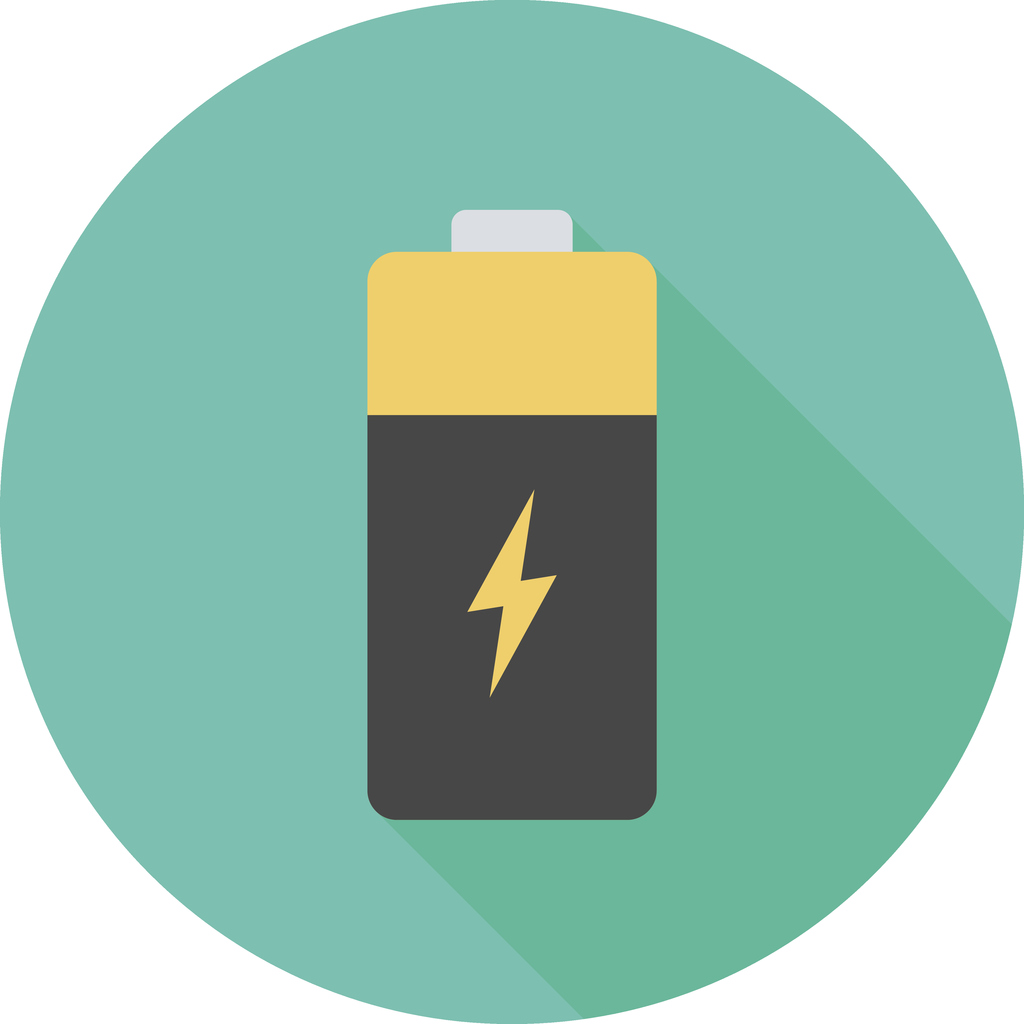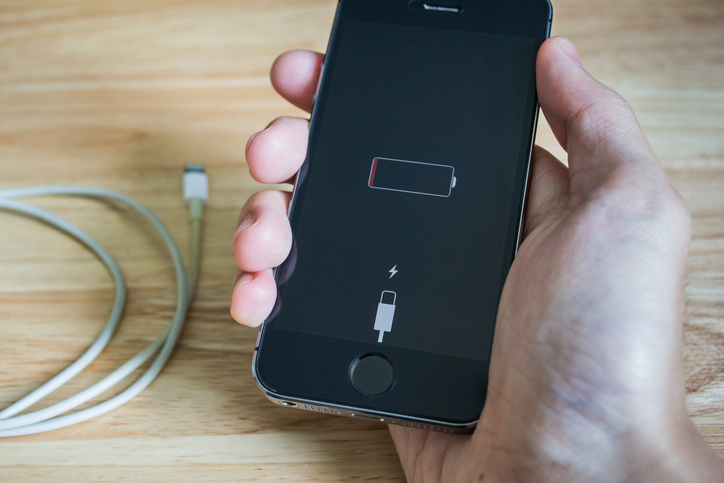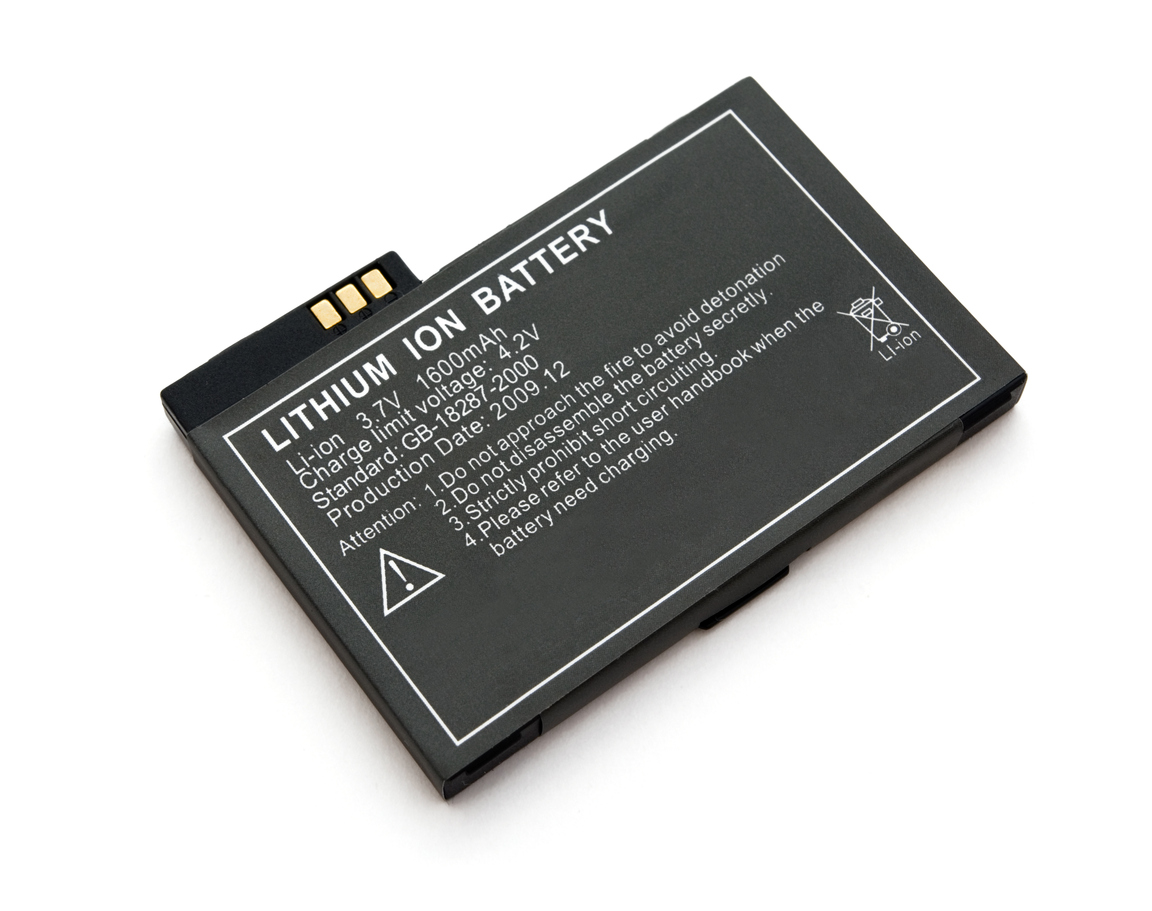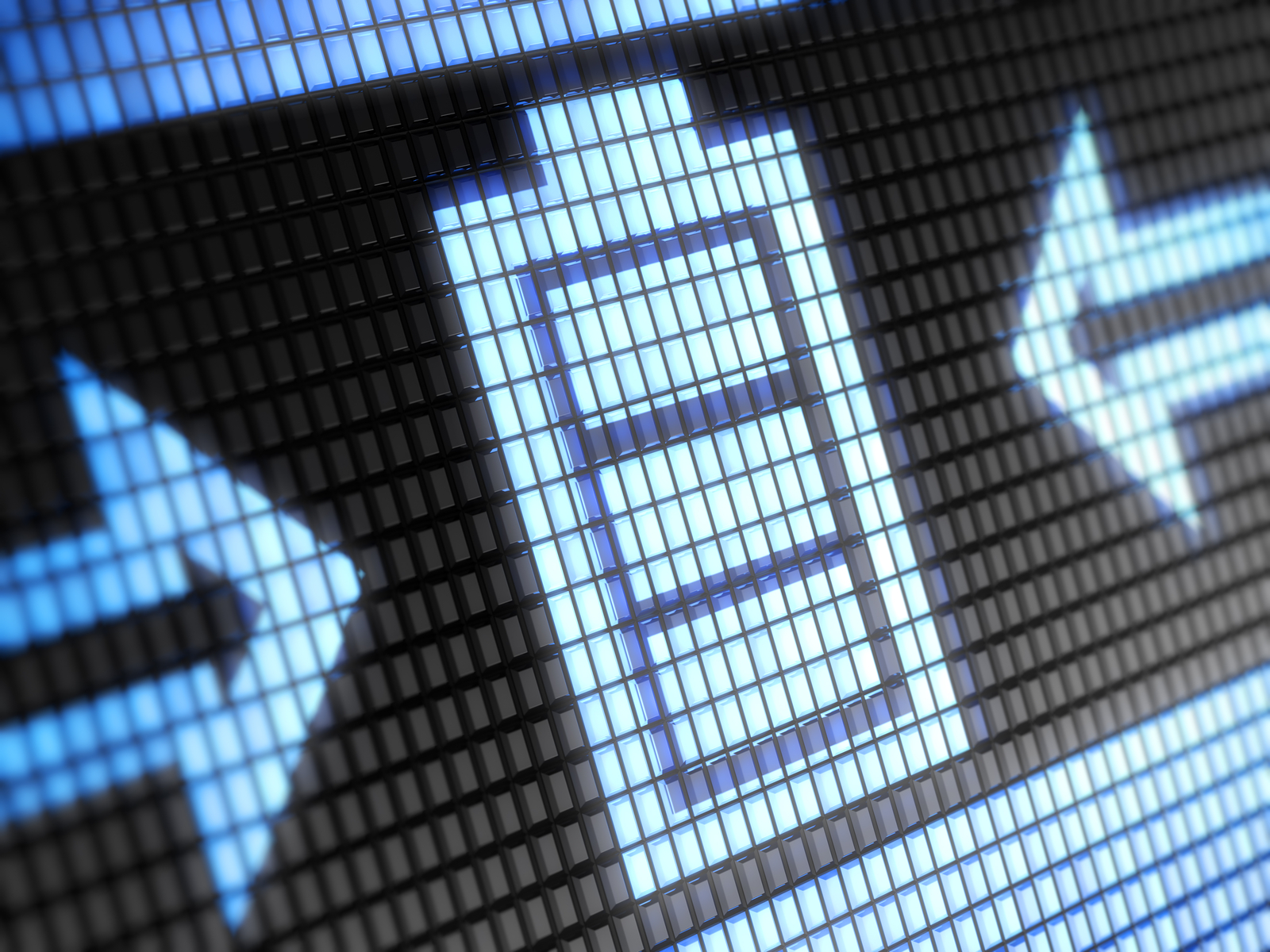
Image: Open Water Power
Unpiloted underwater vehicles (UUVs) are used for a wide array of tasks, including exploring ship wreckage, mapping the ocean floor, and military applications. Now, a team from MIT has developed an aluminum-water power system that will allow UUVs to become safer, more durable, and have ten times more range compared to UUVs powered by lithium-ion batteries.
“Everything people want to do underwater should get a lot easier,” says Ian Salmon Mckay, co-inventor of the device. “We’re off to conquer the oceans.”
The aluminum-water power system is a direct response to lithium-ion batteries, which have a limited energy density causing service ships to chaperone UUVs while at sea, recharging the batteries when necessary. Additionally, UUV lithium-ion batteries have to be encased in expensive metal pressure vessels, making the battery both short-lived and pricey for use in UUVs.
This from MIT:
In contrast, [Open Water Power’s] power system is safer, cheaper, and longer-lasting. It consists of a alloyed aluminum, a cathode alloyed with a combination of elements (primarily nickel), and an alkaline electrolyte that’s positioned between the electrodes.


 In an effort to increase security on airplanes, the U.S. government is considering expanding a ban on lithium-ion based devices from cabins of commercial flights, opting instead for passengers to transport laptops and other electronic devices in their checked luggage in the cargo department. However, statistics from the Federal Aviation Administration suggest that storing those devices in the cargo area
In an effort to increase security on airplanes, the U.S. government is considering expanding a ban on lithium-ion based devices from cabins of commercial flights, opting instead for passengers to transport laptops and other electronic devices in their checked luggage in the cargo department. However, statistics from the Federal Aviation Administration suggest that storing those devices in the cargo area  In 2016,
In 2016,  The
The  Lithium-ion batteries power a vast majority of the world’s portable electronics, but the magnification of recent safety incidents have some looking for new ways to keep battery-related hazards at bay. The U.S. Navy is one of those groups, with chemists in the U.S. Naval Research Laboratory (NRL) unveiling a new battery, which they say is both safe and rechargeable for applications such as electric vehicles and ships.
Lithium-ion batteries power a vast majority of the world’s portable electronics, but the magnification of recent safety incidents have some looking for new ways to keep battery-related hazards at bay. The U.S. Navy is one of those groups, with chemists in the U.S. Naval Research Laboratory (NRL) unveiling a new battery, which they say is both safe and rechargeable for applications such as electric vehicles and ships. Researchers from Columbia University School of Engineering and Applied Science recently developed a method that could result in safer, longer-lasting, bendable lithium-ion batteries. To do this, the team applied ice-templating to control the structure of the solid electrolyte for lithium-ion batteries.
Researchers from Columbia University School of Engineering and Applied Science recently developed a method that could result in safer, longer-lasting, bendable lithium-ion batteries. To do this, the team applied ice-templating to control the structure of the solid electrolyte for lithium-ion batteries. When a battery is used, electrically charged ions travel between electrodes, causing those electrodes to shrink and swell. For some time, researchers have wondered why the electrode materials – which are fairly brittle – don’t crack in the expansion and contraction styles.
When a battery is used, electrically charged ions travel between electrodes, causing those electrodes to shrink and swell. For some time, researchers have wondered why the electrode materials – which are fairly brittle – don’t crack in the expansion and contraction styles.